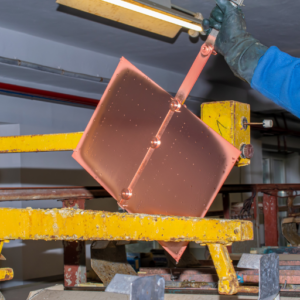How Does the Anodize Process Work?

What is Anodizing is an Electrochemical Process?
What Are the Benefits of the Oxide Layer on the Surface?
Why Do We Use Titanium in the Anodizing Process?
What is the Electroplate Method?

How Does Electroplating Process Work?
What Are Common Metals Used in Electroplating Services?
a. Electroplating services commonly employ several metals due to their favorable qualities. The most common metals include:
- Gold: Gold is used in the electronics industry because of its high conductivity and resistance to corrosion. It also adds decorative touch for jewelry.
- Nickel: Nickel plating is typically done over other materials on components to improve wear resistance and enhance appearance as it is a very durable and corrosion resistant material. Automotive parts, hardware stores, household items etc.
- Chromium: Chrome plating sometimes called chromium plating is widely used in the motor vehicle sector since it gives a shiny surface that reflects light providing an attractive look also has hard wearing qualities this would suggest it may be good for resisting rust.
What Are the Advantages of Nickel Plating and Gold Plating?
Nickel Plating has a number of benefits, which is why it is among the most popular choices in various industries.
- Corrosion Resistance: Nickel plating serves as a strong barrier against corrosion and extends the life of components in harsh environments.
- Wear Resistance: The hardness of nickel coatings improves the durability and wear resistance of plated pieces making them suitable for applications that experience high levels of friction.
- Aesthetic Appeal: Nickel plating gives a glossy finish that is smooth and can be further polished to give a mirror-like appearance.
- Versatility: Applied on different substrates from metals to non-metals, it has flexibility in application.
Gold Plating exhibits premium characteristics and is greatly used for both functional and decorative uses:
- Superior Conductivity: Gold plating is indispensable in electronic components, connectors, and circuit boards as gold is an excellent conductor of electricity required for reliable electrical conductivity.
- Corrosion Resistance: Even under typically rough circumstances, gold plated parts are resistant to oxidation or corrosion thus providing long-term serviceability.
- Biocompatibility: Gold is non-reactive and biocompatible hence favorable for medical devices such as implants.
- Aesthetic Quality: The lustrous attractive finish provided by gold plating makes it preferred in jewelry making especially luxury goods.
Can You Explain the Difference Between Anodizing and Electroplating?
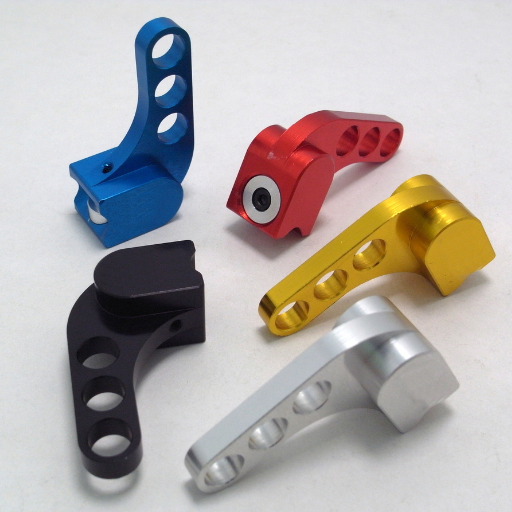
Sure! Anodizing and electroplating, however, differ in their processes as well as in their purposes.
Anodizing is an electrochemical process that intensifies the natural oxide layer on the surface of metals for example aluminum. It is a method that boosts the corrosion resistance and wear resistance of the metal thereby permitting it to be dyed with different colors, but this does not cause the existence of a separate material layer.
Unlike anodizing however, electroplating entails adding a small amount of one type of metal onto another by utilizing electric current.Electrolysis is used to improve appearance,presence of gold plated jewellery ,corrosion resistivity and wearing capacity.Common metals used involve nickel,gold and silver.
How Does Anodizing Affect the Metal Surface?
What Is the Corrosion Protection Offered by Anodizing or Plating?
To provide strong corrosion protection, anodizing thickens the oxide layer on metals which forms a barrier against elements like water, salt and chemicals. A durable oxide film that bonds very well to the surface and does not come off easily or gets chipped off is formed.
In contrast, electroplating guards from corrosion by adding a thin coat of another metal like nickel, gold or silver to the substrate. This additional layer acts as a shield against corrosive agents preventing them from attacking the primary metal. Electroplating’s efficacy in fighting rust depends primarily on the nature and thickness of its applied metallic layers.
To summarize; both anodize and electroplate improve resistance to corrosion with anodize concentrating on reinforcing the natural oxide coating on metals while electroplate applies an external protective metal cover.
Why Is Wear Resistance Different in Anodizing and Electroplating?
The difference in terms of wear resistance between anodizing and electroplating is attributed to protective films that form on them.
As a result, with an oxide layer produced through anodizing that bonds it with substrate in such a way that it becomes very hard and resistant to abrasion. This coating raises the hardness of the surface while protecting the underlying metal from mechanical wear and tear; this application is especially important where high friction occurs.
Alternatively, Electroplating is the process of depositing thin layers of different metals like nickel, chromium or gold onto a substrate. Even though such metallic coatings can increase wear resistance, they are generally less hard as well as being less durable than anodized oxide layer which can be worn out over time during continued use. The effectiveness of electroplated coatings in wear resistance is highly dependent on the type and thickness of the metal layer applied.
In conclusion, when compared to electroplated surfaces which vary depending on plated metal properties, Anodizing generally provides better wears resistance because it has hard and durable oxide layers.
What Are the Disadvantages of Anodizing?
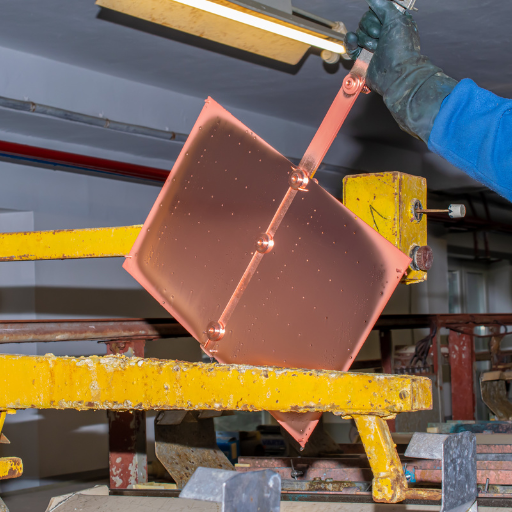
How Does Anodizing Process Impact the Surface of the Metal?
What Limitations Exist in Corrosion and Wear Resistance?
How Does the Natural Oxide Layer Form?
What Are the Types of Anodizing and Plating Metal?
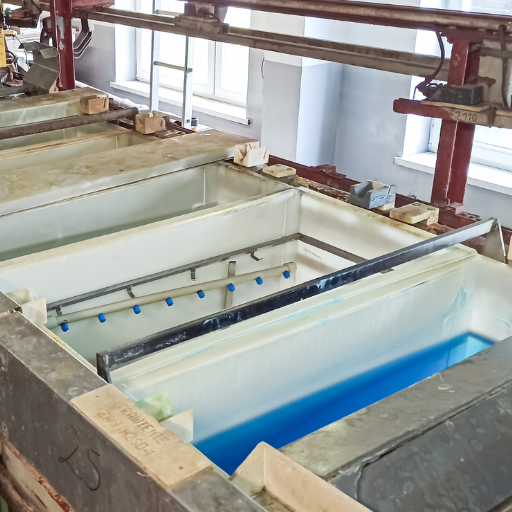
Types of Anodizing
There are several types of anodizing processes which have their own features and advantages.
- Type I (Chromic Acid Anodizing): The thin oxide layer that is resistant to corrosion is produced using chromic acid in this type. It is renowned for its adhesiveness and it is therefore common in the aerospace industries.
- Type II (Sulfuric Acid Anodizing): This type of anodizing uses sulphuric acid to build a medium thick oxide coating with good corrosion resistance and wear properties. It has a variety of applications such as architectural works and household commodities.
- Type III (Hard Anodizing): Also referred to as hard coat anodization, it involves the same procedure as Type II although it’s done at low temperatures leading to formation of thicker and harder oxide layers. It offers enhanced resistance against wear making it ideal for heavy duty operations.
Types of Plating Metal
Different metal plating methods have different characteristics:
- Electroplating: This refers to the use of electric current in reducing cations that contain metallic elements in a solution so as to deposit a thin metal layer onto the substrate. Decorative or protective finishes are some examples where gold, silver, nickel, and chrome may be commonly employed.
- Electroless Plating: For instance via electroless deposition chemical reaction that does not need electricity. Preferred because of its evenness when applied; method also used for nickel or copper coatings on intricate shaped components.
- Galvanizing: In particular this word means covering iron or steel with zinc so that they do not rust. There is no other popular way besides dipping metal into liquidized zinc known as hot dip galvanizing for durable protection from corrosion.
What Is Chromic Acid Anodizing?
What Differences Are There Between Copper Plating and Chrome Plating?
What Types of Metal Plating Are Used in the Automotive Industry?
The automotive industry greatly depends on various forms of metal plating technologies to enhance the performance and durability of the parts. These are:
- Zinc Plating: This type of plating is widely used for its superior corrosion resistance. It makes use of zinc, which acts as a sacrificial layer to shield the metal beneath it from rust and corrosion, thereby making it perfect for bolts, fasteners and underbody components.
- Nickel Plating: This type of coating is popular because of its hardness, ability to resist wear and tear as well as its attractive appearance hence usually used on elements such as grills, emblems and trim pieces that have a decorative finish and last long.
- Chrome Plating: Chrome is often used in car bumpers, wheels and other decorative trims because of its high reflectance and excellent resistance against wear and tear due to the corrosion. It’s particularly made within this industry since it can endure harsh environmental conditions thus survives across many auto generations.
Which Is Better: Anodizing or Plating?
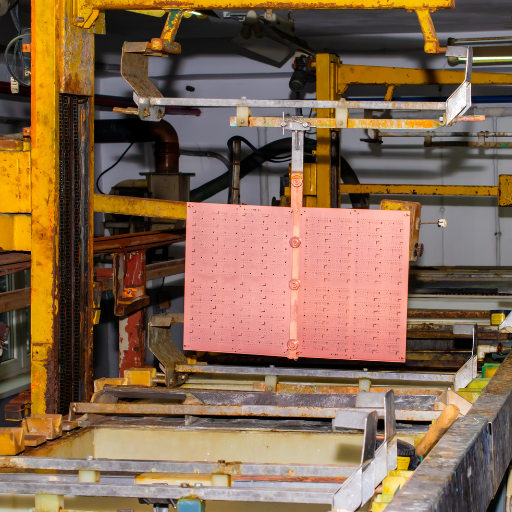
What Factors Influence the Choice Between Anodizing and Plating?
Some factors that influence the choice between anodizing and plating can be drawn from the most current online resources:
- Material Compatibility: Anodizing is only applicable to aluminum and its alloys, thus enhancing their resistance to corrosion and appearance. On the other hand, plating has a wide range of metals such as steel, copper, and brass which gives numerous options for diverse applications.
- Surface Properties Requirements: If increased surface hardness, scratch resistance, and decorative finishes are important, then anodizing is beneficial. Conversely, for optimal electrical conductivity, wear resistance plus different protective coatings plating will usually be preferred.
- Application Environment: Anodized layer is highly resistant to environmental impacts thus suitable for outdoor settings like marine applications. Conversely, plating could be made using materials like chrome or nickel to withstand harsh conditions including thermal extremes or high-stress environments.
- Cost and Production Considerations: In terms of cost efficiency in processing aluminium components it is more advantageous to anodize. There may be higher costs involved in plating due to time-consuming preparations involving various substrates and metals used.
- Aesthetic Requirements: For many colors along with aesthetic enhancement without interfering with the texture of metal; anodizing offers a variety of hues and finishes. Plating can also produce high gloss finish but certain visual effects may have involved additional stages.
What Are the Different Metal Finishing Goals?
Different metal finishing objectives are aimed at improving the looks, performance and lifespan of metallic components. Key goals include:
- Corrosion Resistance: This goal is aimed at preventing rusting and oxidation of metals specifically in harsh atmospheres hence prolonging component life.
- Wear Resistance: This aims at making metal surfaces harder and more durable to reduce friction wear and tear.
- Aesthetic Enhancement: Generally, this entails making a finish that is visually appealing usually with specific colors or gloss levels to suit cosmetic requirements.
- Electrical Conductivity: In other words, this means designing metal surface for improved electronic and electrical applications’ conductivity.
- Adhesion Promotion: The aim here is just to make paints, adhesives, coatings etc adhere better to the surface of metals.
- Reflectivity and Light Management: These are designed to enhance or reduce the reflectivity of metal surfaces so as to meet certain optical needs.
- Hygiene and Cleanliness Maintenance: Making such surfaces that are easier to clean and maintain is particularly important in medical, food & beverage sectors.
- Thermal Management: It means enhancing thermal resistance or heat dissipation properties of high temperature metallic components.
How Do Electrolytic and Naturally Occurring Processes Compare?
The electrolytic processes and those that naturally happen in metal finishing differ in many respects. Electroplating and anodizing are examples of electrolytic processes, which entail using an electric current for the purpose of causing a chemical reaction that would result in a deposit or change on the surface of a metal. These methods make it possible to control the thickness and composition of finish with certainty, thereby making it uniform and consistent. Moreover, electrolytic processes are often performed to improve properties like anti–corrosion, wear resistance or to enhance their beauty.
On the other hand, there are naturally occurring finishes including patination and oxidation that take place over time under environmental conditions. Depending upon temperature, humidity levels and some chemicals present, these can lead to various types of finishes. In contrast to controlled nature of artificially prepared finishes that may give rise to uneven coatings or other unwanted characteristics; natural ones sometimes have such effects but they are quite rare. Nonetheless, they can also yield unique results that are admired because they look genuine.
Overall, while electrolytic processes afford more manageability and predictability than their natural counterparts do, the latter have an aspect of beauty and originality which brings out their uniqueness. The choice between them depends on the specifics desired from metal component as well as what one wants it turned into by this process.
Reference sources
- Title: Anodizing vs. Electroplating: What’s the Difference?
- Source: ChemResearchCo
- Summary: This source provides a comparison between anodizing and electroplating, highlighting the differences in the processes and the materials they can be applied to. It emphasizes that only metal surfaces can undergo anodizing, while electroplating is versatile and can be used on various types of surfaces.
- Title: Anodizing vs. Electroplating – What’s the Difference?
- Source: Xometry
- Summary: The article delves into the techniques and outcomes of anodizing and electroplating processes. It explains how both methods apply coatings to metal surfaces but differ significantly in their approach. This source is valuable for understanding the fundamental disparities between anodizing and electroplating.
- Title: Difference Between Electroplating and Anodizing
- Source: DifferenceBetween.com
- Summary: Focusing on the electrochemical nature of both processes, this source elucidates that while both anodizing and electroplating involve coating metals, the key distinction lies in the coating process itself. By comparing and contrasting the two methods, it offers insights into the unique aspects of electroplating and anodizing for a comprehensive understanding.
Frequently Asked Questions (FAQs)
Q: What is Anodizing?
A: Anodizing is an electrochemical process that converts the metal surface into a durable, corrosion-resistant, anodic oxide finish. Aluminum anodizing, in particular, enhances the natural oxide layer found on aluminum parts and components.
Q: How Does Electroplating Work?
A: Electroplating involves coating one metal with another metal through an electrolytic process. This involves immersing the base metal in a solution containing metal ions for electroplating and applying an electrical current to deposit a thin layer of the desired metal onto the base metal.
Q: What Are the Advantages of Electroplating?
A: The advantages of electroplating include improved corrosion resistance, increased surface hardness, enhanced electrical conductivity, and the ability to achieve a specific aesthetic, such as altering the color of the metal. Electroplating can be used in a variety of applications, from decorative finishes to functional coatings.
Q: How Do Anodizing and Electroplating Differ in Terms of Surface Finishing?
A: While both anodizing and electroplating are methods of surface finishing, they differ fundamentally. Anodizing forms a protective oxide layer on the surface of the base metal, typically aluminum. In contrast, electroplating involves depositing a different metal onto the surface, offering different properties and uses.
Q: What Metals Are Commonly Used in Anodizing and Electroplating?
A: Anodizing is commonly used on aluminum and its alloys. Electroplating involves various metals such as gold, silver, nickel, and chromium. Hard chrome plating, for example, is often used for its wear-resistant properties.
Q: Can Electroplating Be Applied to Any Metal?
A: Electroplating can be used on a wide range of metals, but not all metals are suitable for all types of electroplating. The compatibility depends on the ions of the plating metal and the metal ions in the electrolyte solution.
Q: What Are Some Common Uses of Electroplating?
A: Electroplating is widely used in various industries. Common electroplating uses include decorative items, corrosion-resistant coatings, electrical connectors, and wear-resistant surfaces. It is also essential in electronics for enhancing electrical conductivity.
Q: What Are the Steps Involved in Anodizing Technology?
A: Anodizing technology involves cleaning the metal surface, immersing it in an electrolytic solution, and applying an electric current. This process allows the formation of an anodic coating, which is a protective layer of aluminum oxide on the surface.
Q: Does Anodizing Work on All Metals?
A: Anodizing is primarily used on aluminum and its alloys. While other metals can undergo similar oxidation processes, aluminum is the most commonly used due to its ability to form a thick and durable oxide layer.
Q: Are Anodized Surfaces Resistant to Wear and Corrosion?
A: Yes, anodized surfaces are highly resistant to wear and corrosion. The anodic coating formed through anodization is durable and protects the underlying metal from environmental damage, making it a preferred choice for various applications.

